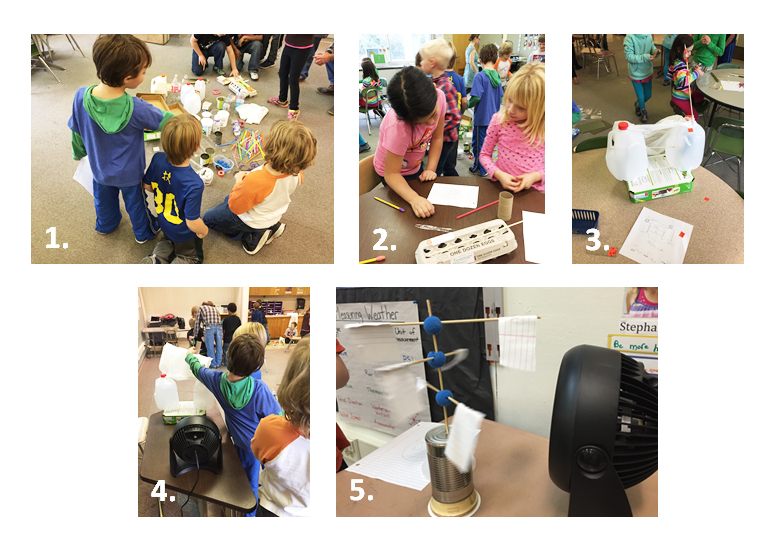X-RAY RUNS: Apply for Beamtime
2017 Nov 1 - Dec 21
2018 Feb 7 - Apr 3
2018 Proposal/BTR deadline: 12/1/17
2018 Apr 11 - Jun 4
2018 Proposal/BTR deadline: 2/1/18
The Next Generation Science Standards have raised the level of interest in and importance of integrating engineering into elementary science curriculum, making engineering-based learning activities more commonplace than ever before in the primary grades. The Xraise team has been working with teachers throughout the region to leverage engineering design challenges as a way to allow young students to test their developing scientific knowledge and apply it to practical problems. Engineering-based projects have been shown to enhance student understanding of science and, for many, their interest in science. With help from Xraise, teachers are discovering that engineering provides elementary students with a real-world context for learning science. In addition, educators are realizing that design-based challenges develop problem-solving skills, improve communication, and enhance collaboration skills.
Recent efforts include introducing a design challenge to third graders where they were asked to create a wind-o-meter that could accurately measure 7-9 mph wind speeds generated by a small fan located 12 inches away from their device. Using recycled materials, students drew and discussed their plans, prototyped, worked as a team, tested, and redesigned a variety of wind-o-meters. The team of participating teachers carved out a generous amount of instructional time, allowing the students to be involved in creating and innovating for hours. Reflections from the program revealed positive feedback from the teachers. One teacher commented, “Xraise provided us with a framework for how to make engineering design challenges work in the classroom. I feel empowered to do more engineering.” Enhancing engineering education in elementary school is the ideal place to cultivate the problem-solvers and team-builders that engineering and science fields are looking for in future employees.

The Engineering Design process in elementary classrooms: 1) Materials selection, 2) Planning, 3) Designing, 4) Testing, 5) Redesign or final product
Submitted by: Lora Hine, CHESS, Cornell University
03/11/2016
